Date: 1 April 2011
Wrightstyle Limited, which supplies steel glazing systems worldwide, is concerned that glazed doors, screens and facades are being inspected and passed as being fire resistant when in fact they offer little protection.
The company’s chairman, Denis Wright, has raised the issue with Andrew Stunell OBE MP, Under Secretary of State at the Department for Communities and Local Government, who has already announced a consultation on changes that need to be made to the building regulations to ensure they remain fit for purpose.
The minister has also stated that he wishes to explore what more can be done to make sure inspectors adhere to the building regulations and how better levels of compliance can be delivered - issues that are at the heart of Wrightstyle’s concern.
The company believes that there seems to be an incomplete understanding and enforcement of fire specifications contained within the Approved Document B and the usage requirements of certification data.
"For example, and we have first-hand experience of this, unlatched doors with untested or incompatible fire-resistant glass are being accepted as fire doors within the regulatory definitions despite the fact that they are clearly not within the permissible limitations of their supplied test certification. This is palpably absurd,” said Denis Wright in his letter.
Wrightstyle says that there seems to be insufficient guidance to fire or building control officers or consultants as to what needs to be specifically checked on the submitted data. The building regulations simply state that test standards such as BS476 Part 22 or the applicable EN specification should be available.
However, at no point do the regulations require further examination of that test certificate to determine whether or not the installed assembly matches the description in the certification. For example, if the assembly is constructed from multiple components, have they been tested together? If it has been welded, has it been welded using the correct process?
In the recent past, Wrightstyle has raised issues of fire safety certification in Dubai and, most recently, in Abu Dhabi, where it believed that regulations were not being stringently enforced, or where there was a less than optimal understanding of the performance criteria of using systems where components have not been tested together.
Wrightstyle supplies internal and external glass and glazing systems internationally, with a full service capability from design, through fabrication to installation. Apart from recent UK contracts, for both commercial and Olympic projects, it has supplied over the past year to, among other countries, South Africa (a FIFA World Cup stadium), UAE (Dubai Metro) and the USA (a nationally-important chapel for the US Marine Corps).
“British Standards and Building Regulations are there to protect public safety, not least in the event of a catastrophic fire. With regret, when it comes to unlatched fire doors, there requires to be an assessment of current guidelines for fire safety officers, and other authorised fire consultants, and an urgent need to issue further guidance to determine when an unlatched glazed door system can be considered a fire door,” concluded Denis Wright.
Full text of the letter is below.
For further information:
Jane Embury, Wrightstyle
+44 (0) 1380 722 239
jane.embury@wrightstyle.co.uk
Media enquiries to
Charlie Laidlaw, David Gray PR
Charlie.laidlaw@yahoo.co.uk
+44 (0) 1620 844736
(mob) +44 (0) 7890 396518
Dear Under Secretary of State
Fire Resistant Doors
Building Regulations
I am writing to bring to your attention an issue of fire safety which my company believes to be one that requires urgent assessment and further guidance to be issued to fire safety personnel.
I am writing in the context of your December statement, to identify the changes that need to be made to the building regulations to ensure they remain fit for purpose. We also welcome the fact that you are keen to explore what more can be done to make sure persons adhere to the building regulations and how better levels of compliance can be delivered.
It is in regard to compliance that I am writing. My company, Wrightstyle Ltd, supplies internal and external glass and glazing systems internationally, with a full service capability from design, through fabrication to installation. Apart from recent UK contracts, for both commercial and Olympic projects, we have supplied over the past year to, among other countries, South Africa (a FIFA World Cup stadium), UAE (Dubai Metro) and the USA (a nationally-important chapel for the US Marine Corps).
We have achieved that level of international success through our investment in product and system design, with our product ranges tested to BS, EN, US and Far Eastern fire and other regulations. In addition, our systems continue to undergo tests against ballistic and bomb blast attack and, of course, for the full range of project-specific tests. Indeed, our reputation has been built on rigorously testing all our glass and steel components for life safety applications and their compatibility as one integrated unit.
In the past, we have raised issues of fire safety certification in Dubai and, most recently, in Abu Dhabi, where we believed that regulations were not being stringently enforced, or where there was a less than optimal understanding of the performance criteria of using systems where components have not been tested together.
My reason for writing is that we are now seeing that same, and extremely important, issue of non-compliance taking place in the UK as regards to glazing systems (including doors, screens and facades) that are being inspected and passed as being fire resistant when, in fact, they offer little protection against the passage of fire, smoke or toxic gases.
The issue seems to be an incomplete understanding and enforcement of fire specifications contained within the Approved Document B and the usage requirements of certification data. For example, and we have first-hand experience of this, unlatched doors with untested or incompatible fire-resistant glass are being accepted as fire doors within the regulatory definitions despite the fact that they are clearly not within the permissible limitations of their supplied test certification. This is palpably absurd.
We assume what is taking place is that fire safety officers are placing emphasis on the door’s performance as having, for example, 60 minutes of integrity while paying insufficient attention to the fact that the door types, without an adequate safety latch mechanism, or compatible glass will certainly fail well within that period, allowing fire, heat or gases to pass through. In other words, the test certificate may certify the doors as being safe; however, without an integrated latch, the fire safety element may be entirely compromised.
There seems to be insufficient guidance to fire or building control officers or consultants as to what needs to be specifically checked on the submitted data. The building regulations simply state that test standards such as BS476 Part 22 or the applicable EN specification should be available. At no point do the regulations require further examination of that test certificate to determine whether or not the installed assembly matches the description in the certification. For example, if the assembly is constructed from multiple components, have they been tested together? If it has been welded, has it been welded using the correct process?
It is a simple issue, but a profound one, because it has a significant public safety element and, as a leader in fire safety glazing systems, it is an issue about which we write and lecture on worldwide. It is also an issue with which we are concerned as a company because we have devoted considerable resources to develop – and test - unlatched fire doors that do meet all regulatory requirements – and which we are now beginning to export worldwide.
British Standards and Building Regulations are there to protect public safety, not least in the event of a catastrophic fire. With regret, when it comes to unlatched fire doors, there requires to be an assessment of current guidelines for fire safety officers, and other authorised fire consultants, and an urgent need to issue further guidance to determine when an unlatched glazed door system can be considered a fire door.
In terms of your December statement, and on this specific issue, the current regulations are not fit for purpose.
Yours sincerely
Denis Wright
Chairman



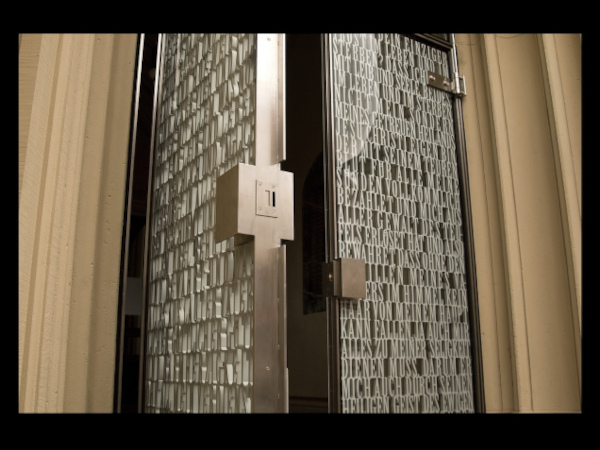
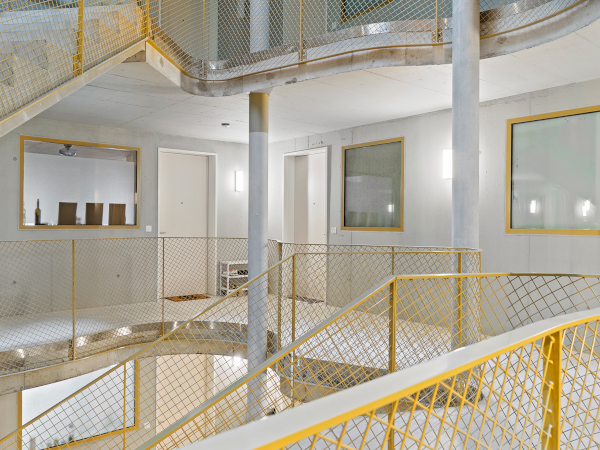

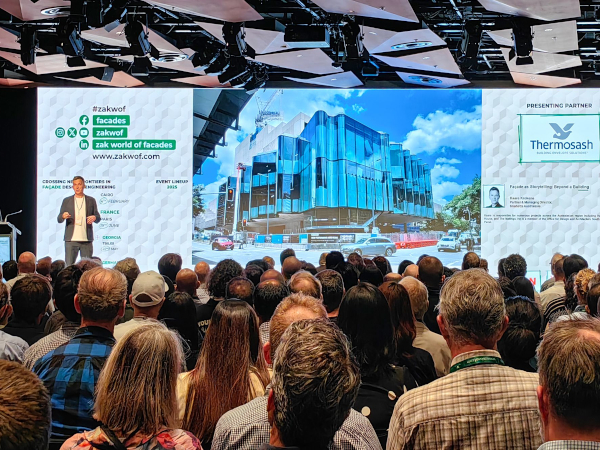



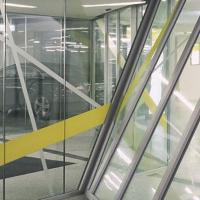

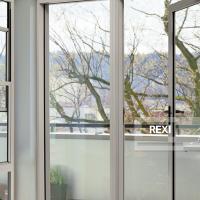


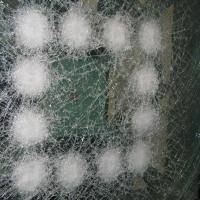
Add new comment